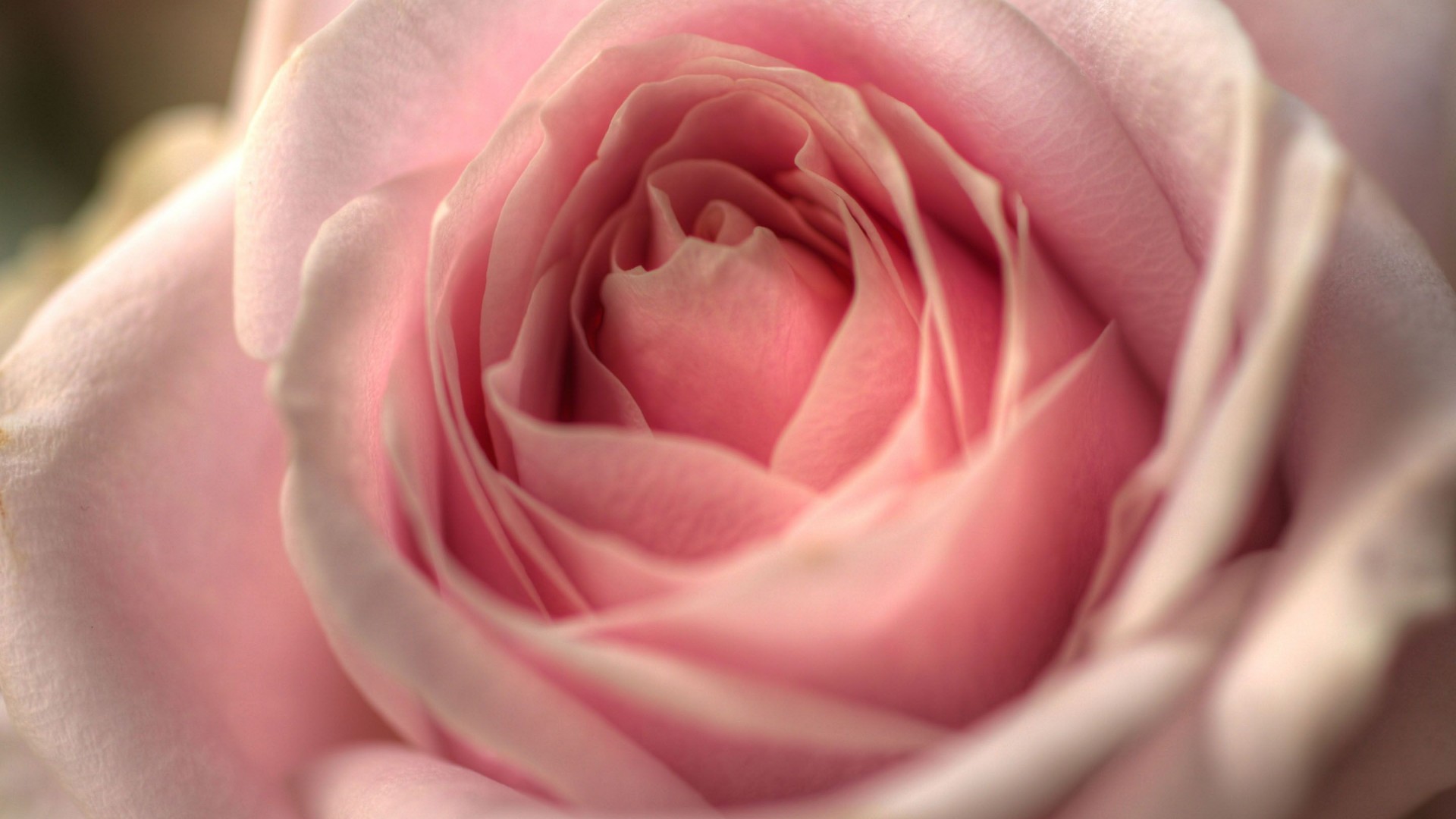

Grey Parrotlets are technically blue series birds, and most have a steel blue coloring that appears as grey. Grey Image Credit: Gabrielle Trouton, Shutterstock Parrotlets without any genetic mutations, known as “true greens,” are rare and difficult to find, and they need genetic testing to verify their genetics.ĩ.

They can have various shades of green, from deep, dark green to lighter, yellow-tinged coloring. Green is the most common Parrotlet coloring, often referred to as the “wild-type” variation. Green Image Credit: Chelsea Sampson, Shutterstock The fallow mutation results in red eyes and gives the bird a washed-out, pastel coloration that is often described as “dusty,” with the bird appearing to have been lightly dusted with a darker color than the base.Ĩ. However, it is most commonly found in green or yellow birds. Shade and tinge are used in the sense of trace, touch, trifle (for this sense, see TOUCH).A post shared by ParrotLife fallow mutation can occur with any color Parrotlet. Tint applies to a character that is not dominant but imparted as if by contact or influence. Hue is less often so used than color it usually suggests a character rather than an aspect, but it does not necessarily imply an ingrained character. Nearly all of these terms carry extended meanings derived from or related to the senses previously considered.Ĭolor usually suggests an outward character or aspect such as may be changed by circumstances or may be imparted to a thing to brighten and vivify it.

Tone is a rather general word, sometimes equivalent to color but more often suggesting hue or a modification of hue (as a tint or tinge). Tinge implies more of interfusion or stain than tint. The term is not infrequently used in contrast to shade, especially when the latter word connotes comparative darkness or dullness. Tint is also used as meaning a gradation of color in respect to brilliance, but it always suggests hue and is commonly used in reference to light colors that seem to be given by a light or delicate touching thus, what are often called "pastel colors" or "pastel shades'" are known also as tints. Shade is often used in the sense of one of the gradations of a color, especially as its hue is affected by its brilliance. Hue, especially in poetry or elevated prose, is often synonymous with color. More specifically, hue suggests some modification of color. It may refer to any of the bands of the spectrum or to any of the variations produced by or as if by combination of one or more of these with another or with white, black, or gray.Ĭolor is also specifically applicable to the attribute of things seen as red, yellow, blue, orange, green, purple (the chromatic colors) as distinct from the attribute of things seen as black, white, or gray (the achromatic colors). It may apply to the quality of blood which one describes as redness, of grass as greenness, of the sky as blueness, of snow as whiteness, or of ebony as blackness, or to the optical sensation which one experiences when one sees these things respectively as red, green, blue, white, and black. Color, hue, shade, tint, tinge, tone are comparable when they mean a property or attribute of a visible thing that is recognizable only when rays of light fall upon the thing and that is distinct from properties (as shape or size) apparent in dusk.Ĭolor is the ordinary term and, in precise use, the only generic term of this group.


 0 kommentar(er)
0 kommentar(er)
